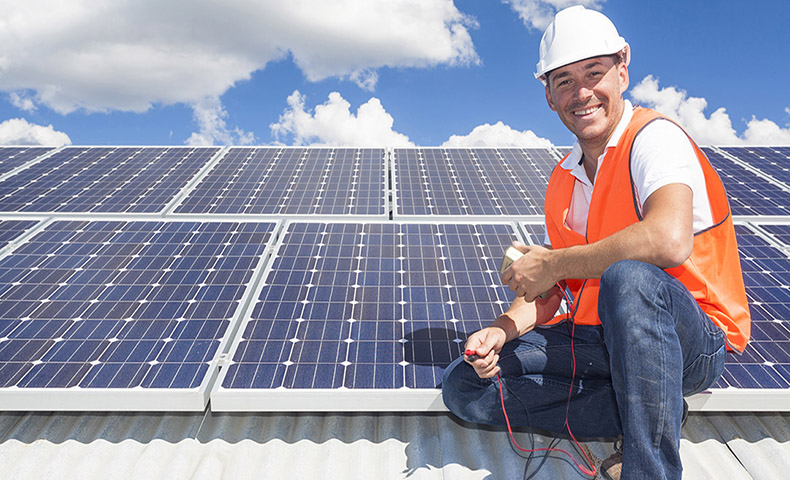
Many people have relatively new solar panels and don’t yet have to worry at all about whether or not their panels are reaching the end of their life spans. However, it is something you’ll want to think about for the long-term. After all, eventually, you’re going to need to replace your solar panels, and you’re going to want to know when to do it. If you hold it off too long, you’ll either end up with panels giving you practically no power or you’ll end up with completely dead panels and no way to bring power to them. Keep reading this blog to learn the various ways to tell your panels are reaching their last days.
Find out if your solar panel’s output is normal.
Throughout the lifespan of your panel, you should be consistently checking if they still have a normal output. This is how you make sure they don’t need any repairs and aren’t wearing down. As they begin approaching 25+ years, this becomes especially important. If your panels are 30 years old and your efficiency has suddenly decreased by 20 percent, that’s a pretty good indicator that it’s time to get some new panels. You might still want to have your solar company come out and make sure it isn’t just a minor repair that needs fixing, but when they’re that old, it’s likely that age is the issue.
Look out for a variety of physical imperfections.
When your panels are increasing in age and you begin noticing a variety of different cracks and damage in your system, it might be time to replace them. You should be regularly cleaning your panels and getting inspections, but eventually, they’ll be so old that physical deterioration will start to be unavoidable, and it will be a good indicator that your panels are ready to be replaced.
Judge the age of your panel versus the average lifespan of solar panels.
Age itself is also a way to figure out if you should begin thinking about getting new panels. On average, they last 20 to 30 years, but they can last as long as 40 years. You’ll want to factor in both age and your efficiency. Like stated above, if your output ends up decreasing by 20% and your panels are 30 years old, that’s a good sign it’s time to replace them. On the other hand, if your panels are 38 years old and still functioning at 90% efficiency, you probably don’t need to replace them just yet. Age should always be assessed with other factors as opposed to being the sole reason you decide you should replace your panels. If they’re working fine, there’s no need for that.
Other components also begin to fail.
Panels aren’t the only things with limited life cycles you need to think about. Inverters last about ten years, and after you notice a reduced output in your system, this is the first thing you should look at. Batteries also need to be replaced in just a few years. And the wiring in your panels may also need to be replaced, as they are prone to corrosion.
Want to learn more about how to bring solar into your lifestyle? Check out the HahaSmart blog for tons of information!
HahaSmart Blog - More Solar Tips and Guide
HahaSmart News - Stay Informed
Your Solar Incentives - See Credits and Incentives in Your Area
Check Your Home's Solar Price - See How Much You Save
Register Now - Unlock The Lowest Solar Prices in Your Area


Input your address to see if it is solar friendly and how much you can save with solar.
Great. Your address is perfect for solar. Solar incentive is still available. Select monthly utility cost and calculate the size of solar system you will need now.
| kw System size | years Payback period | Lifetime savings |
No money down, 100% finance is available.
|
|
Sign up now! Learn more about solar technologies! |
Comments